What Makes a Planet Habitable?
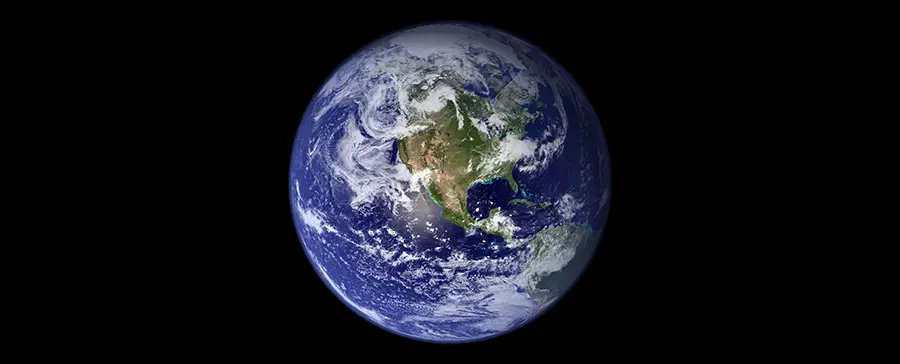
Introduction: The Quest for Habitable Planets
Have you ever wondered why Earth is the only planet in the Solar System that has life on it? It’s a question that is asked in the Great Lessons that are central to the Montessori science curriculum. It’s also an ongoing topic of research in the quest to find out if there is life anywhere else in the universe. Why is Earth filled with life while other planets remain quiet and empty? What exactly is it that makes a planet habitable?
Exploring this question will take us on an exciting journey through space, looking at different planets and their unique features. Join us as we explore the incredible conditions that make Earth, and potentially other planets, just right for life’s grand adventure. How can we identify other worlds that are just as accommodating? Stay tuned, as we’re about to delve into the science behind the Goldilocks Zone, the orbital sweet spot where life could thrive.
Key Takeaways
- Habitability Essentials: Explore the crucial factors that make Earth and potentially planets like TOI 700 e and Wolf 1069 b suitable for life.
- The Goldilocks Zone Explained: Learn about the zone where conditions are just right for supporting life on planets orbiting stars.
- Comparing Earth and Exoplanets: Understand Earth’s unique life-supporting features and how exoplanets like TOI 700 e and Wolf 1069 b compare.
- Role of Water and Atmosphere: Discover the importance of water in its various forms and protective atmospheres in making planets habitable.
- Stellar Impact on Habitability: See how different stars, including our Sun, affect the potential for life on their planets.
- Engaging Courses: The Learn Libre membership includes lessons on Earth, the Sun, and Our Solar System that will complement your exploration of habitable planets by providing a broader understanding of our cosmic neighborhood.
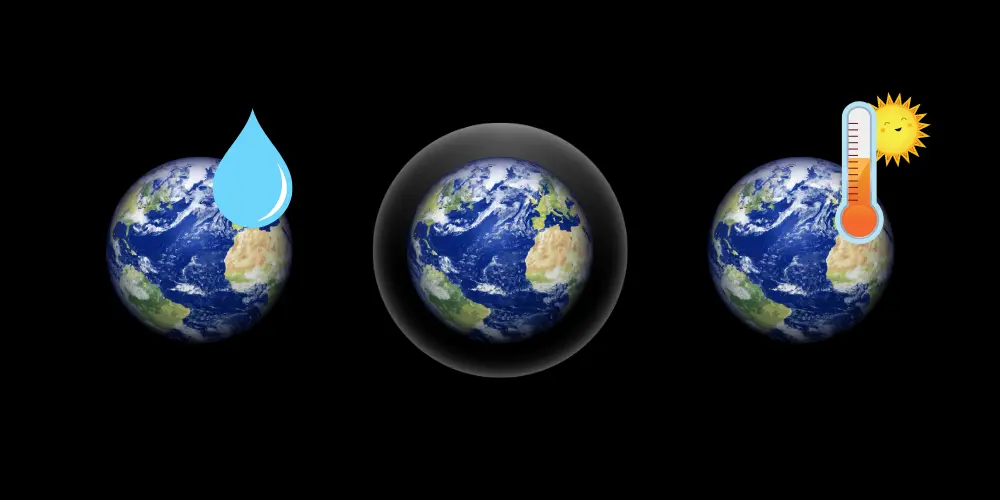
The Goldilocks Zone: Not Too Hot, Not Too Cold
Remember the story of “Goldilocks and the Three Bears?” Goldilocks tried different bowls of porridge until she found one that was just right – not too hot and not too cold. In space, there’s a special area around a star where a planet can have temperatures that are just right for life – not too hot and not too cold. We call this the “Goldilocks Zone.”
This zone is just right for a planet to have liquid water. If a planet is too close to its star, it might be too hot for water to stay liquid – it would all turn into steam! If it’s too far away, the planet would be too cold, and water would freeze. Life, as we know it, loves liquid water, so being in the Goldilocks Zone is really important. In our Solar System, Earth is the only planet in the Goldilocks Zone. What about in other solar systems though?
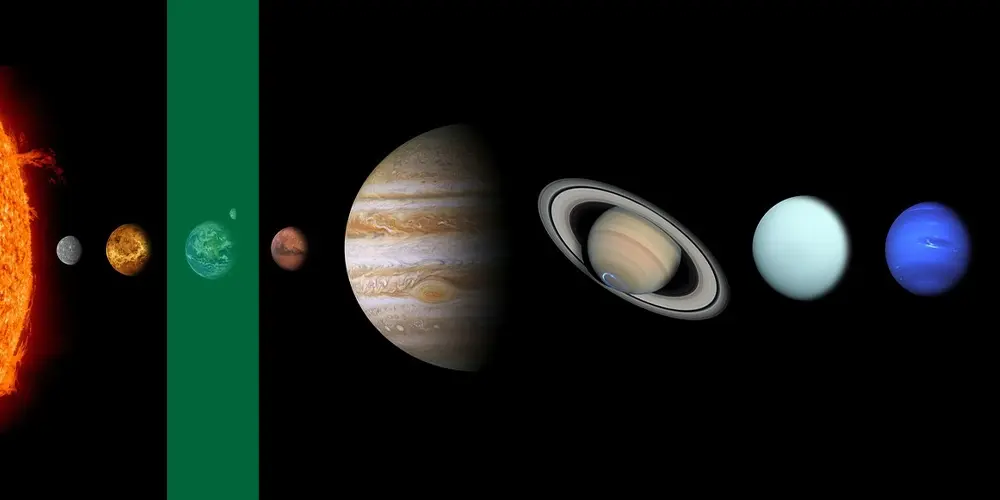
Planets Other Than Earth in the Goldilocks Zone
Recently, scientists have discovered two planets that are in the habitable zone of their stars. This means that they might have the right conditions for life, just like Earth! The planets’ names are TOI 700 e and Wolf 1069 b, and they each orbit different stars. TOI 700 e is almost as big as Earth, whereas Wolf 1069 b is slightly bigger. Wolf 1069 b is also going around its star in just the right spot where it might have water like we do on Earth.
The discoveries of these new planets are exciting because they help us understand more about where life could exist beyond our planet. Scientists use powerful telescopes and space missions to look for planets in Goldilocks Zones, analyzing the light from stars to find these potentially habitable worlds. Every new planet we find in the Goldilocks Zone opens up more possibilities and more exciting questions about the universe.
Now, let’s turn our sights back to our own planet. What makes Earth habitable? Is it just about being in the Goldilocks Zone, or is there more to this story?
What Makes Earth Habitable?
Our Earth is a very special place in the universe, but have you ever wondered what makes it just right for us and all the amazing animals and plants we share it with? There are a few key reasons why Earth is habitable, or suitable for life.
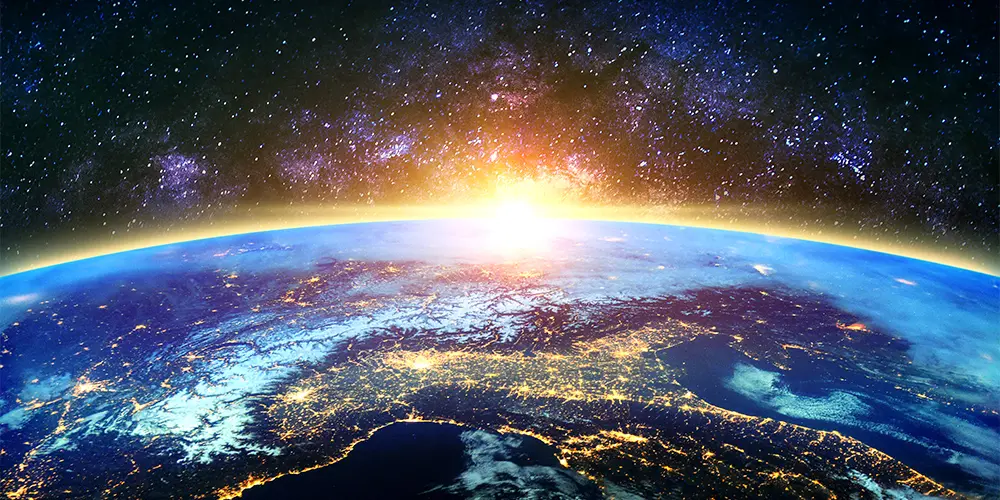
Liquid Water
First, Earth has lots of water. Not just any water, but liquid water, which is essential for life as we know it. Water helps plants grow, animals survive, and even helps us humans live our daily lives in other ways like through the use of hydropower. Earth’s suitable distance from the Sun means our planet isn’t too hot or too cold, allowing this precious water to exist as liquid.
Protective Atmosphere
Second, Earth has a special blanket called the atmosphere. This blanket is made up of gases that keep our planet warm enough to support life. It’s like a big, invisible coat that also protects us from harmful sunrays and small space rocks.
Ideal Temperature
Third, Earth’s temperature is just right. Thanks to Earth’s favorable position in the solar system and our atmosphere, our planet maintains a comfortable temperature range where life can thrive.
Now, let’s think about what makes Earth different from our neighbors in space. How do you think Earth compares to planets like Mars and Venus? Mars is colder, and Venus is hotter, but why is that? Keep these questions in mind as we explore further.
In the next section, we’ll take a closer look at Mars and Venus, and even some exciting new discoveries like TOI 700 e and Wolf 1069 b. We’ll see how they’re similar to Earth and how they’re different. Get ready for an exciting comparison – and an engaging activity about what you’ve learned so far!
Comparing Earth with Mars, Venus, and New Discoveries
Mars and Venus: Our Closest Neighbors
Let’s first look at Mars and Venus, the planets nearest to Earth in our Solar System.
Mars: The Cold, Dry Neighbor
- Mars is farther from the Sun than Earth, making it much colder.
- It has a very thin atmosphere, mostly made of carbon dioxide, which doesn’t keep it warm like Earth’s atmosphere does.
- Mars doesn’t have a protective magnetic field like Earth, which shields us from the Sun’s harmful radiation.

Venus: The Hot, Greenhouse Neighbor
- Venus is closer to the Sun than Earth and gets very, very hot.
- It has a super thick atmosphere full of gases that trap heat, making it even hotter than Mercury, which is closest to the Sun.
- The air pressure on Venus is extremely high – it’s like being deep underwater!
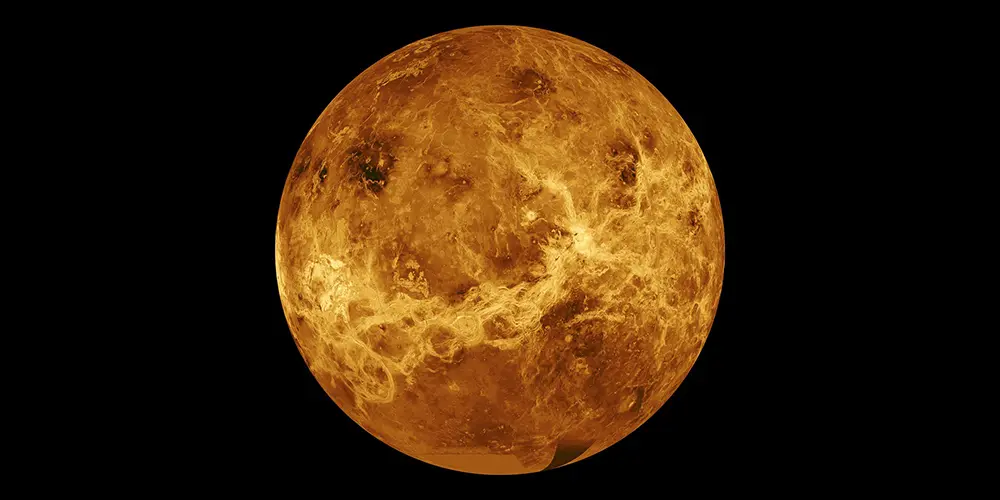
Intriguing Exoplanets: TOI 700 e and Wolf 1069 b
Now, let’s explore two fascinating planets far beyond our Solar System.
TOI 700 e: Right Distance for Liquid Water
- TOI 700 e orbits a red dwarf star that is smaller and cooler than our Sun. It’s closer to its star than Earth is to the Sun though, so this distance could be just right for liquid water to exist.
- It gets 30% more sunlight from its star than Earth does from the Sun.
- One side might always face its star, unlike Earth which rotates to give each part equal sunlight.
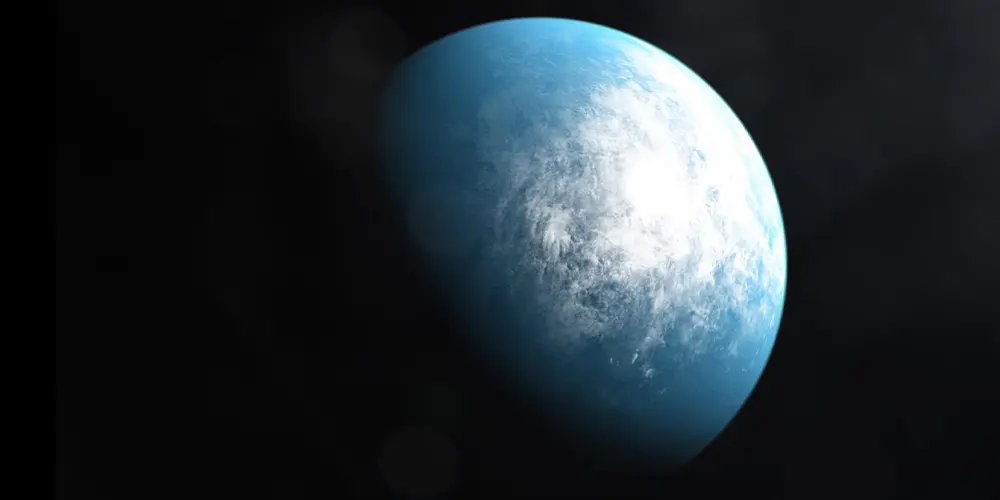
Wolf 1069 b: Stable Climate Candidate
- Wolf 1069 b also circles a red dwarf star, which is smaller and less hot than our Sun.
- Like Earth and TOI 700e, it orbits its star at a distance that might allow for liquid water.
- The star it orbits is relatively calm, meaning it has fewer solar flares and less intense stellar activity, so Wolf 1069 b might still have its atmosphere.
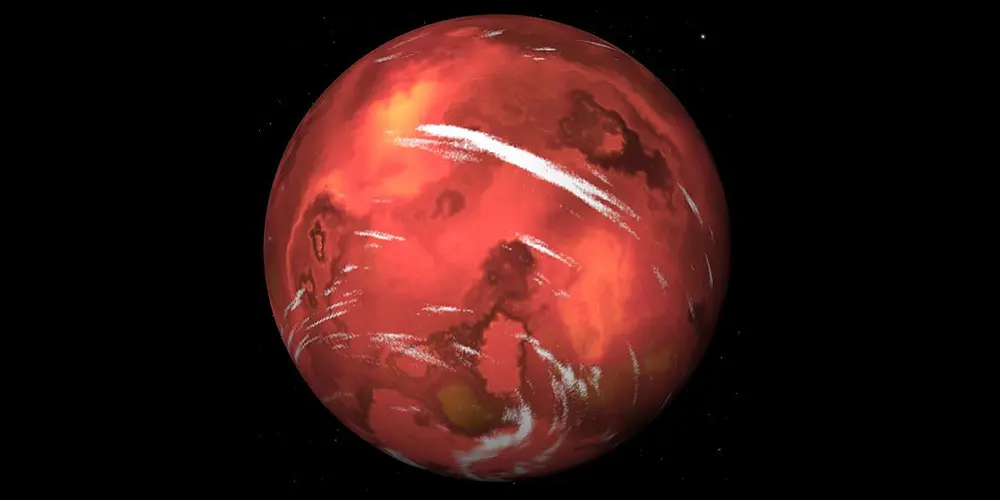
Thought Activity: Comparing Planetary Features
What makes Earth different from TOI 700 e and Wolf 1069 b? Think about their size, the possibility of water, and where they are in their solar systems. How do these factors make them different from Earth? Consider the following:
Size Matters
Water, Water Everywhere?
Near or Far from Their Stars
The Role of the Sun and Other Stars
Our Sun: A Balanced Source of Life
The Sun, our very own star, has just the right characteristics to support life on Earth. But what makes it so special compared to other stars in the universe?
The Sun’s Size and Brightness: While we’ve explored how Earth is favorably positioned in the Sun’s habitable zone, the size and brightness of the Sun play a crucial role too. Not too big and bright to scorch us, and not too small and dim to leave us frozen, it’s just right for life here.
To dive deeper into how Earth’s relationship with the Sun influences life, check out the lessons on night and day and the reason for the seasons that come with your Learn Libre membership.
Diverse Stars, Diverse Planets
Stars in the universe come in many sizes and levels of brightness, each creating unique conditions for their planets.
Comparing Stars: Unlike our Sun, some stars are much larger and brighter, while others are smaller and dimmer. This variation affects where the habitable zone lies for planets orbiting these stars. For example, you know now that TOI 700 e orbits a red dwarf star. Red dwarf stars are cooler that our Sun, which is a yellow dwarf. In order to be in the habitable zone, TOI 700 e must be closer to its star than Earth is to the Sun – and it is!

The Influence of Different Stars on Planets
How do different types of stars influence the planets revolving around them? Let’s take a closer look:
- TOI 700 e and Wolf 1069 b’s Stars: These exoplanets orbit red dwarfs, stars that are smaller and dimmer than our Sun. The qualities of these stars shape the habitable zones differently than our Sun does, making the study of these planets essential to understand the variety of life-sustaining environments in the universe.
- Imagining Different Scenarios: If our Sun were bigger or smaller, Earth’s conditions would be drastically different. This hypothetical scenario helps us appreciate the delicate balance required for life and the diverse possibilities that exist in our vast universe.
As we expand our knowledge beyond the Sun and our Solar System, we learn more about the variety of stars and their potential to host habitable worlds. Each discovery, like TOI 700 e and Wolf 1069 b, offers a glimpse into the multitude of conditions under which life could possibly exist.
In the next section, we’ll shift our focus from stars to another crucial element for life: water. Let’s dive into why water is essential and why it’s one of the main things scientists search for when they are looking for habitable planets.
Water: The Essential Ingredient for Life
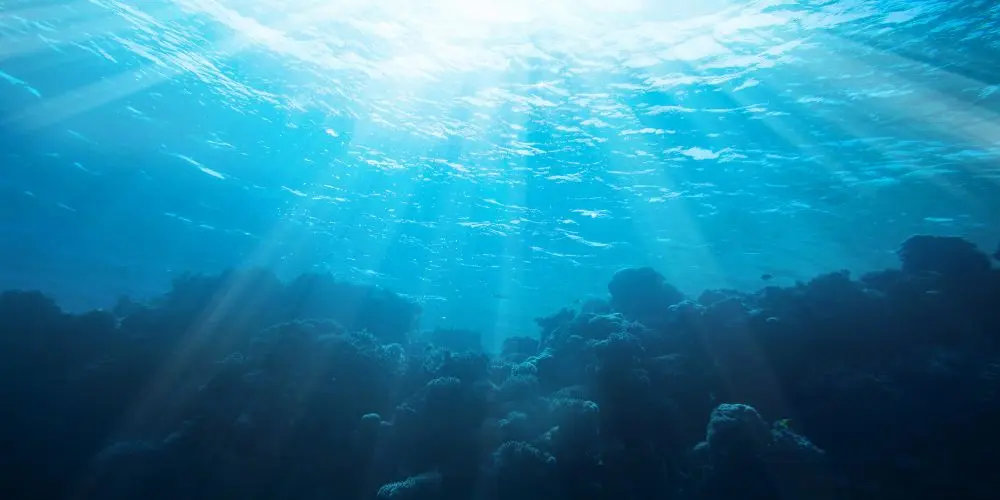
Water is fundamental for life. Every organism on Earth, from the smallest microbe to the largest mammal, depends on it. The discovery of water on other planets excites scientists, hinting at the potential for extraterrestrial life, much like on Earth.
Water Beyond Earth: Ice, Liquid, and Vapor
Our Solar System shows water’s diverse states: Mars has icy poles, and some of Jupiter and Saturn’s moons harbor subsurface oceans. The intrigue deepens with exoplanets like TOI 700 e and Wolf 1069 b. Do they possess water, and if so, in what state—ice, liquid, or vapor?
Understanding Water’s States: A Cosmic Perspective
Water’s state—liquid, ice, or vapor—is determined by a planet’s temperature and pressure conditions. Earth’s perfect blend of atmospheric conditions and distance from the Sun allows for liquid water. In colder realms, water exists as ice, while near hotter stars, it turns to vapor.
The Role of Atmosphere and Sunlight in Water Formation
The atmosphere’s role in sustaining liquid water is critical. Earth’s atmosphere, combined with its ideal distance from the Sun, fosters conditions perfect for liquid water. This knowledge helps us speculate about conditions on TOI 700 e and Wolf 1069 b, and how their atmospheres and stars might influence water states and life potential.
Exploring Water on Distant Worlds
The discovery of water on planets like TOI 700 e or Wolf 1069 b could be groundbreaking, potentially altering our understanding of life in the universe. It raises questions: Could these distant worlds host life, perhaps even unknown forms of life?
As our exploration of space continues, understanding the role of water on other planets remains central to our quest. The search for this vital element not only helps us identify potentially habitable planets but also deepens our appreciation of Earth’s unique position in supporting life.
Our Protective Shield: Atmosphere and Magnetic Field
Earth is not just a rock floating in space; it has unique protective features that sustain life. These include our atmosphere and magnetic field. Let’s explore how they function and consider their counterparts on planets like TOI 700 e and Wolf 1069 b.
Earth’s Atmosphere: A Protective Blanket
The atmosphere acts like a big, invisible blanket around Earth. It consists of gases that keep our planet warm, provide air to breathe, and protect us from harmful sunrays and space debris. Without this atmospheric shield, life on Earth would be drastically different.
If you want to learn more about how the atmosphere protects us, check out the Earth’s Blanket lesson with your Learn Libre membership.
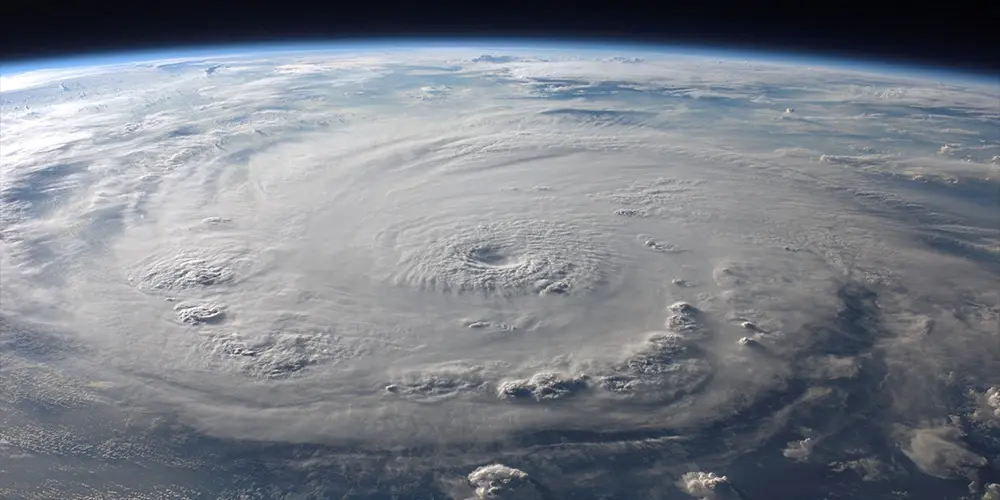
Experiencing the Atmosphere
When you feel the warmth of the Sun or see the changing colors in the sky, you’re experiencing the atmosphere at work. The warmth is moderated by our atmosphere, and the beautiful sunrise and sunset colors are due to the way sunlight is scattered. These daily interactions help us appreciate how crucial an atmosphere is.
Imagining Extraterrestrial Atmospheres
On TOI 700 e, a thick atmosphere might regulate temperatures, allowing for liquid water. Wolf 1069 b could have an atmosphere preventing water from freezing. Understanding Earth’s atmosphere offers insights into what conditions might be like on these distant planets.
Earth’s Magnetic Field: Our Invisible Shield
Our planet’s magnetic field is like an invisible protective barrier. It’s created by the movement of liquid iron deep inside Earth. This churning of molten metal generates a powerful magnetic field that extends far into space, shielding us from harmful solar winds and cosmic rays.
The Magnetic Mysteries of Distant Worlds
We can wonder about planets like TOI 700 e and Wolf 1069 b and their potential magnetic fields. Such fields could offer them protection similar to Earth’s, contributing to their ability to support life. While we don’t know for sure, it’s exciting to think about the possibilities.
Activities for Exploring the Dynamics of Our Solar System
Creating a Model Solar System
Engaging with the solar system and understanding the intricate dance of planets can be an exciting adventure. A hands-on way to bring this adventure to life is by building a model solar system.
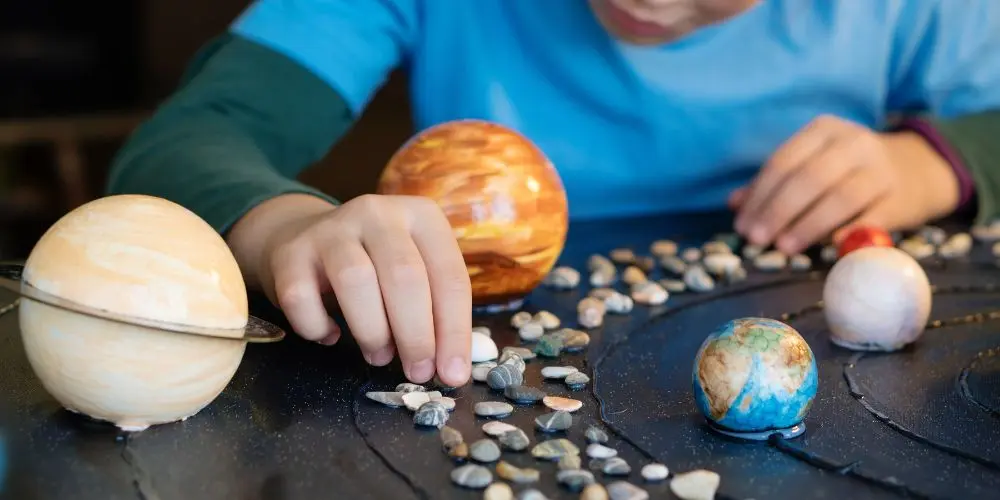
In creating a model solar system, you can visualize the intricate movements and positions of the planets in our solar system. This activity fosters a deeper appreciation for the forces at play, like gravity, that keep these celestial bodies in orbit. It’s a tangible way to grasp concepts such as rotation, revolution, and the unique characteristics of each planet.
The Our Solar System and Planetary Movement lesson at Learn Libre is a perfect companion for this project. It provides a comprehensive exploration of our Solar System, the forces governing planetary movements, and interesting phenomena like lunar phases and gravity’s effect on different planets.
Observing the Night Sky
Observing the night sky can also be a profound experience. As you look up at the stars, remember that each visible point is part of a complex and dynamic system. This realization sparks wonder about the universe and our understanding of the cosmic dance that unfolds above us.
By engaging in these activities, we not only learn about astronomy but also gain a deeper understanding of the principles that govern our universe.
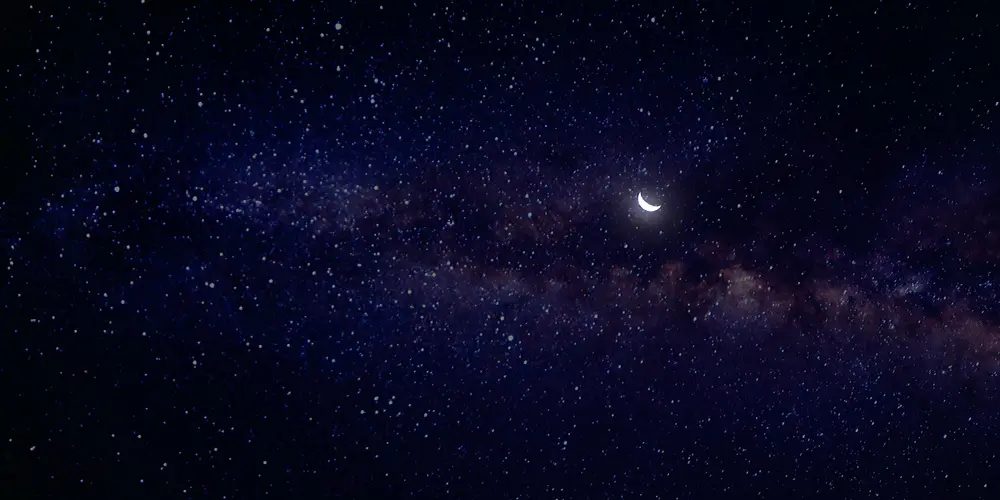
Conclusion: Understanding Our Place in the Universe
As our exploration of the stars and planets comes to a close, we’re left with a renewed sense of wonder about Earth, our unique home in the vastness of space. This journey has not only deepened our understanding of what makes a planet habitable but also sparked our curiosity about the potential for life beyond Earth.
The discovery of exoplanets like TOI 700 e and Wolf 1069 b opens up a realm of exciting possibilities and questions. Could life exist on these distant worlds? What secrets do they hold within their atmospheres and on their surfaces? The pursuit of these mysteries continues to drive scientists and dreamers, fueling the human spirit of exploration and discovery.
As we continue to explore and learn, let us also cherish and protect our planet. Earth, with its delicate balance of conditions suitable for life, is a rare and precious gem in the universe. Every new discovery in the cosmos enhances our understanding of our origins and the possibilities that lie beyond our current knowledge.
So, let’s keep gazing at the stars, nurturing our curiosity, and diving into the mysteries of space. There’s an entire universe out there to learn about, and each one of us has the opportunity to contribute to this incredible journey of discovery.
Responses